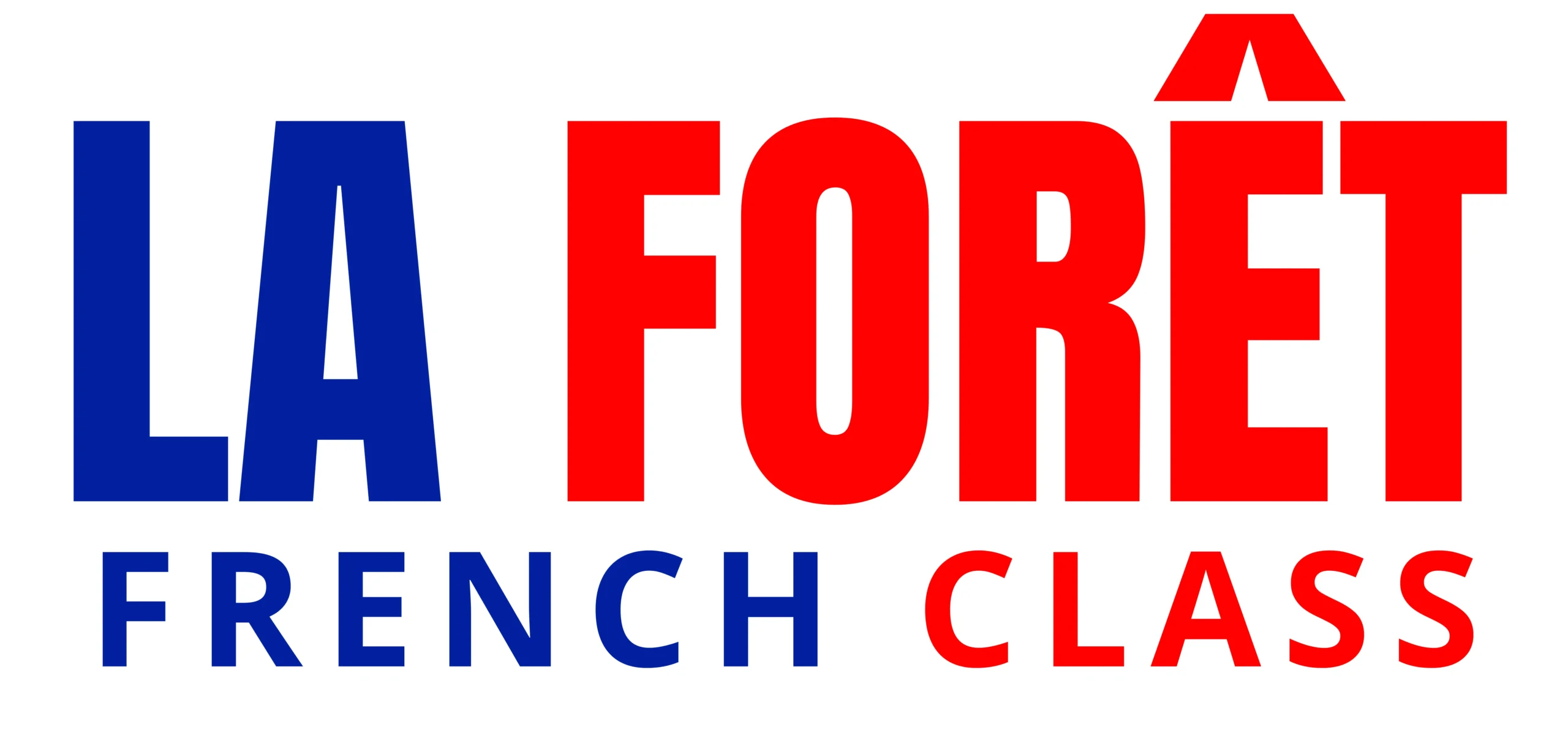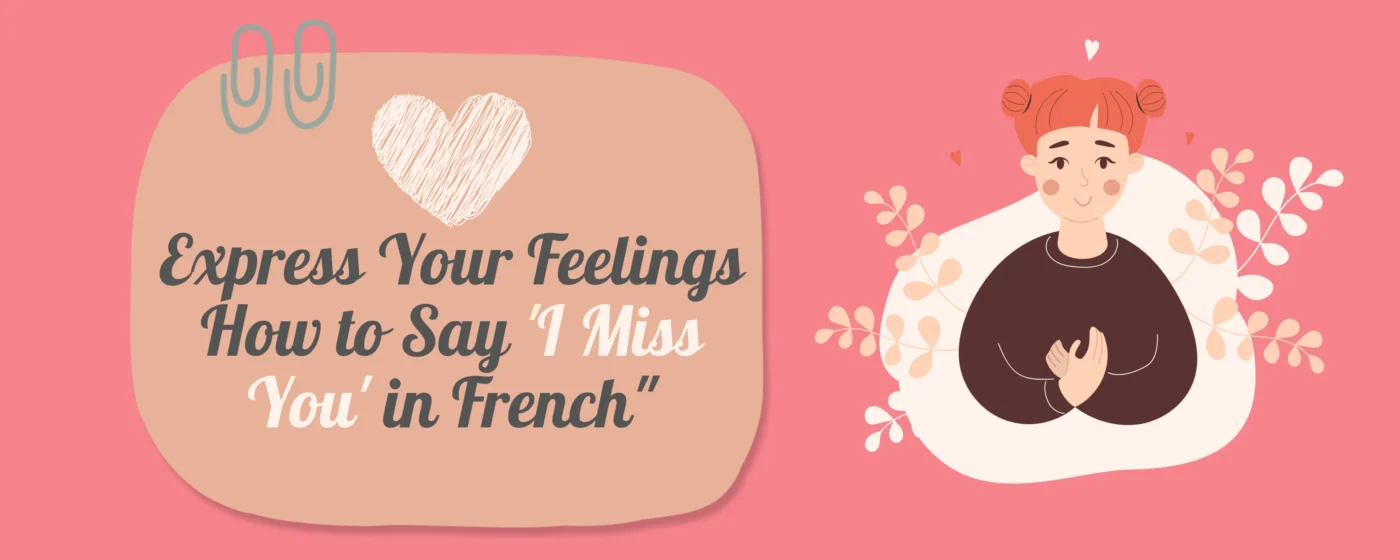When learning any language, mastering polite expressions is essential to building rapport and fostering positive interactions. In French, one of the simplest yet most important words you will encounter is “please.” Understanding how to say “please” in French can go a long way in helping you sound polite and respectful, whether you’re ordering a coffee, making a request, or simply chatting with a French speaker. In this article, we’ll explore the various ways to say “please” in French, their appropriate contexts, and how you can improve your vocabulary with these polite expressions.
Common Ways to Say “Please” in French
1. S’il Vous Plaît vs. S’il Te Plaît
The most common way to say “please” in French is “s’il vous plaît“. This phrase is used in formal situations or when speaking to someone you don’t know well. It’s also used when addressing a group of people. The use of “vous” here is a formal pronoun that shows respect.
Example:
“S’il vous plaît, pouvez-vous m’aider?”
(Please, can you help me?)
On the other hand, “s’il te plaît“ is the informal version of the phrase. You use this when talking to close friends, family members, or people of your own age or younger. The “te” is an informal pronoun used for familiar relationships.
Example:
“Parle vite, s’il te plaît.”
(Speak fast, please.)
It’s important to know when to use these forms because using the informal version in a formal setting can sound rude, while the formal version in a casual situation may sound overly stiff.
2. Abbreviations: SVP and STP
In casual conversations or text messages, French speakers often use abbreviations for “s’il vous plaît” and “s’il te plaît.” The common abbreviations are SVP (for “s’il vous plaît“) and STP (for “s’il te plaît“). These are widely understood, especially in digital communication, but it’s best to use the full forms in more formal situations.
Example:
- SVP, pouvez-vous m’aider?
- STP, passe-moi le sel.
Polite Alternatives to “Please” in French
While “s’il vous plaît” is the most common way to say “please,” French offers several other polite expressions that can help you vary your language depending on the context.
1. Merci de + Infinitive
Another polite way to make a request is by using the structure “merci de” followed by an infinitive verb. This is equivalent to saying “thank you for” in English, and it’s a way to politely ask someone to do something.
Example:
“Merci de m’envoyer l’email.”
(Thank you for sending me the email.)
This structure can sound softer than directly asking for something and is often used in formal contexts.
2. Veuillez + Infinitive
The phrase “veuillez” is a very formal way of saying “please” and is often used in written French, such as in emails or official notices. It is followed by an infinitive verb and is typically seen in professional or business contexts. It’s a way to convey respect and politeness in a very formal manner.
Example:
“Veuillez remplir le formulaire.”
(Please fill out the form.)
You will often see “veuillez” used in instructions, requests, or polite orders.
End your day the French way with these charming phrases from 10 Ways To Say ‘Good Night’ In French.
Order Expressions to Add Finesse
In addition to the standard “please” phrases, French has several other ways to ask for things with a bit more nuance and grace. These expressions are typically used in formal or very polite situations.
1. Merci de Bien Vouloir
This expression is a more refined way of asking someone to do something. It’s polite but with a touch more elegance and can be used in both professional and personal contexts. It translates roughly to “thank you for kindly wanting to…” and adds an extra layer of courtesy.
Example:
“Merci de bien vouloir patienter.”
(Thank you for kindly waiting.)
This expression is often used in customer service settings or formal requests.
2. Prière de Bien Vouloir
This is a very formal expression, often seen in notices or instructions, especially in public places. It is the equivalent of saying, “please kindly” in English. You will often find it used in official documents or signage.
Example:
“Prière de bien vouloir ne pas fumer.”
(Please kindly do not smoke.)
It’s a polite and respectful way to communicate instructions or requests in writing.
3. Avec Plaisir! & Oui Volontiers!
These are two phrases you can use to respond positively to a request, and they add a polite and enthusiastic touch to your reply. “Avec plaisir!” translates to “With pleasure!” and is often used in response to someone asking you to do something for them.
Example:
“Pouvez-vous m’aider?”
“Avec plaisir!”
(Can you help me? With pleasure!)
“Oui, volontiers!” is another variation meaning “Yes, gladly!” or “Yes, of course!” It’s used to show eagerness or willingness to help.
Example:
“Veux-tu venir avec moi?”
“Oui, volontiers!”
(Do you want to come with me? Yes, gladly!)
These expressions add warmth and friendliness to your requests and responses.
Lost for Words? We’ve Got You!
Sign up for our courses and let our expert teachers boost your vocabulary effortlessly!
Saying “Please” in Negative Requests
In some situations, you may need to ask someone not to do something politely. French offers a polite way to say “please” in negative requests.
1. Prière de Ne Pas
This expression is used when you want to ask someone politely not to do something. “Prière de ne pas” is commonly used in formal notices or instructions, much like “Prière de bien vouloir“, but with a negative verb.
Example:
“Prière de ne pas toucher.”
(Please do not touch.)
You’ll often see this on signs, especially in museums, galleries, or other places where certain behaviours are prohibited.
Conclusion
Knowing how to say “please” in French is crucial for making polite requests and building positive relationships with French speakers. Whether you use the standard “s’il vous plaît” in formal contexts or opt for the informal “s’il te plaît” with friends, each variation of “please” adds a layer of politeness that will enhance your communication skills. From the refined “merci de bien vouloir” to the very formal “prière de bien vouloir”, these expressions will help you sound more natural and respectful in various settings. Learning polite expressions is an essential step in sounding fluent and culturally aware. By mastering the many ways to say “please” in French, you will be well on your way to having more meaningful and respectful conversations. For those looking to deepen their knowledge of French language and culture, consider joining La Forêt French Class to continue your learning journey.
Want to express your feelings in French? Learn how to say I miss you in French with this simple guide.
Frequently Asked Questions
1. How do you politely ask in French?
Ans: To politely ask in French, it’s important to use phrases like “s’il vous plaît” (please), or “merci de” (thank you for). If you want to be even more polite, you can use more formal expressions like “veuillez” (please) or “merci de bien vouloir” (thank you for kindly).
2. Why is “please” in French three words?
Ans: In French, “please” is often expressed with three words (“s’il vous plaît” or “s’il te plaît“) because the expression is literally asking, “if it pleases you.” The three words reflect the formality and politeness embedded in the language.





